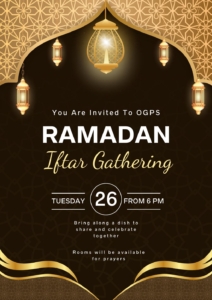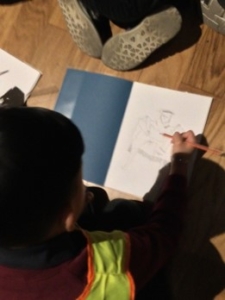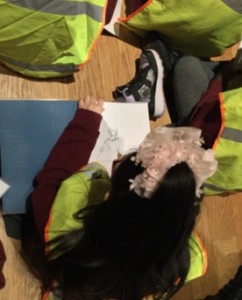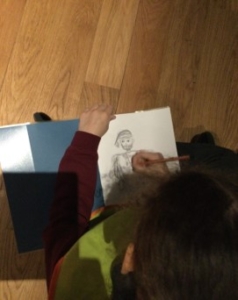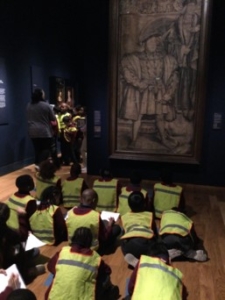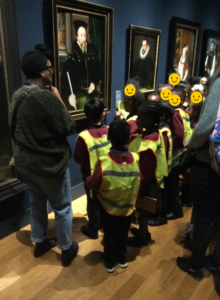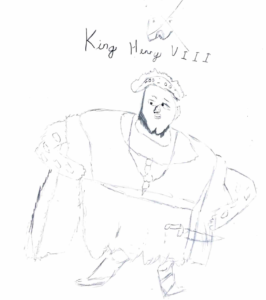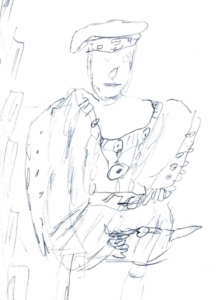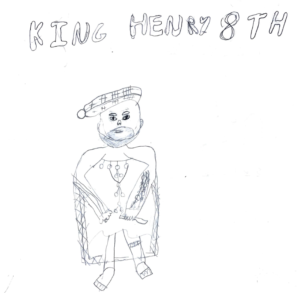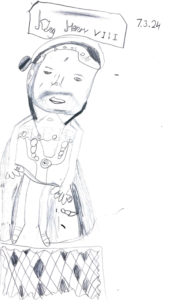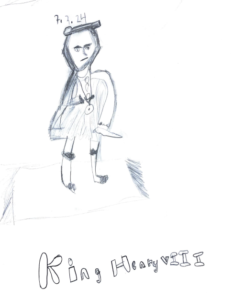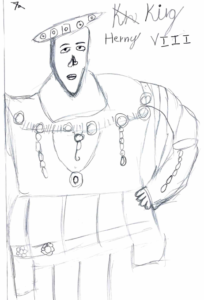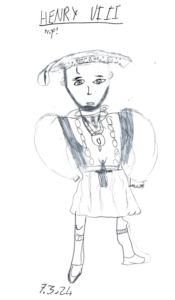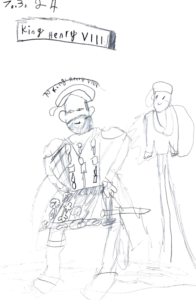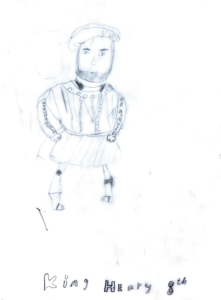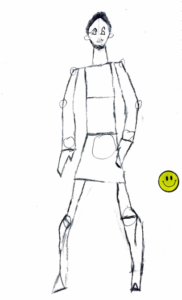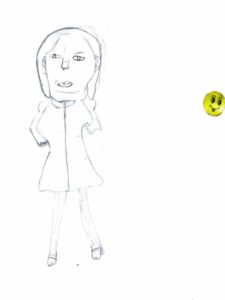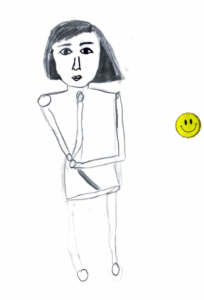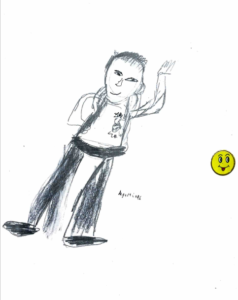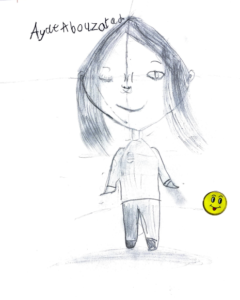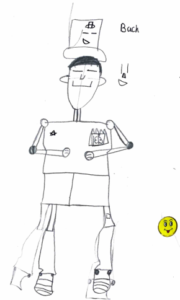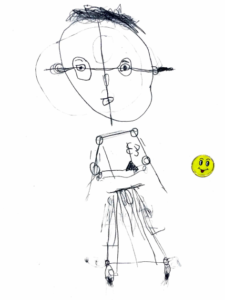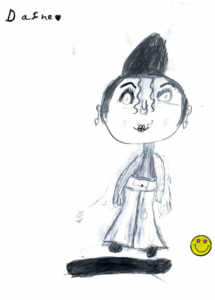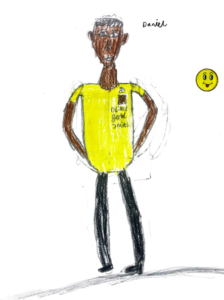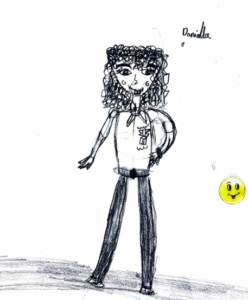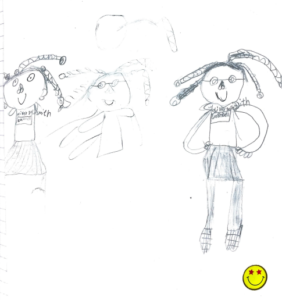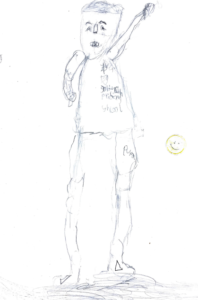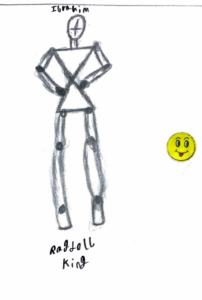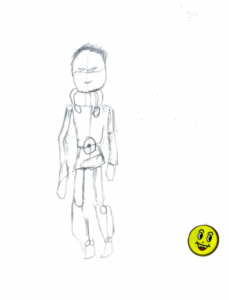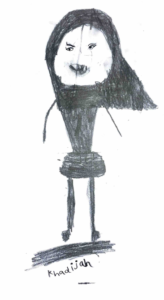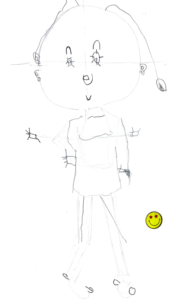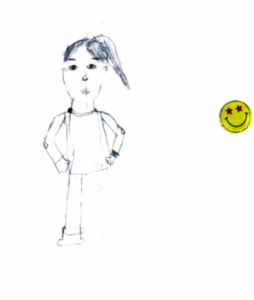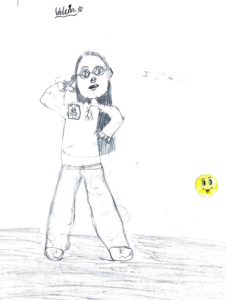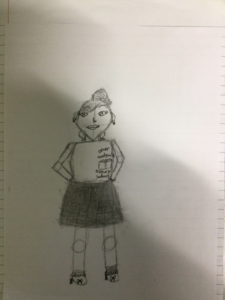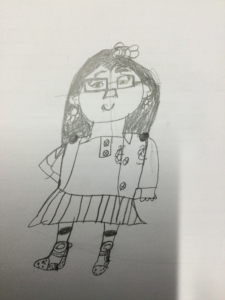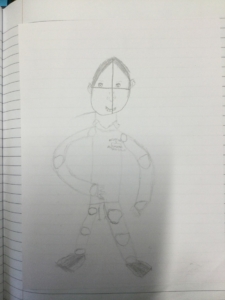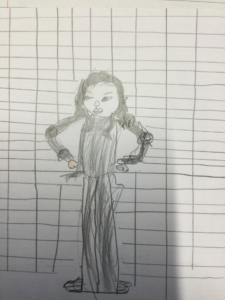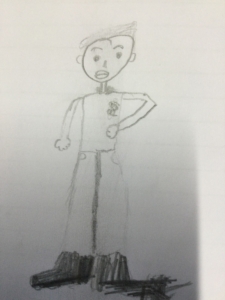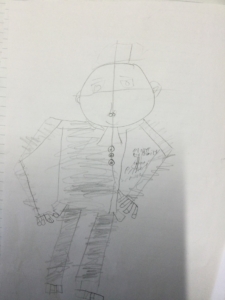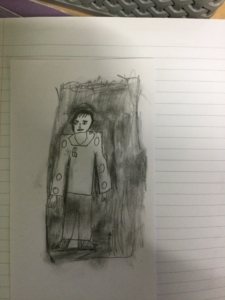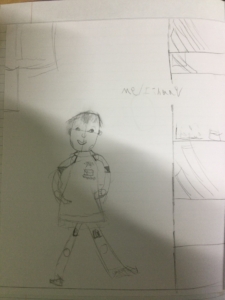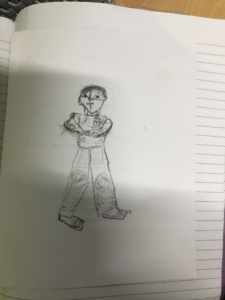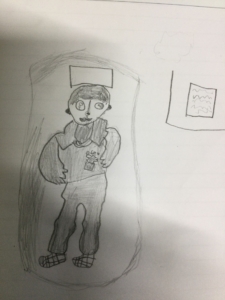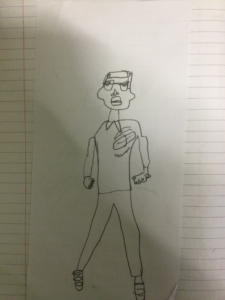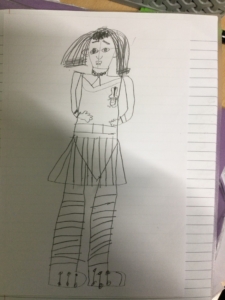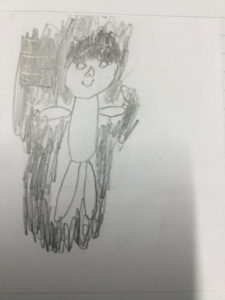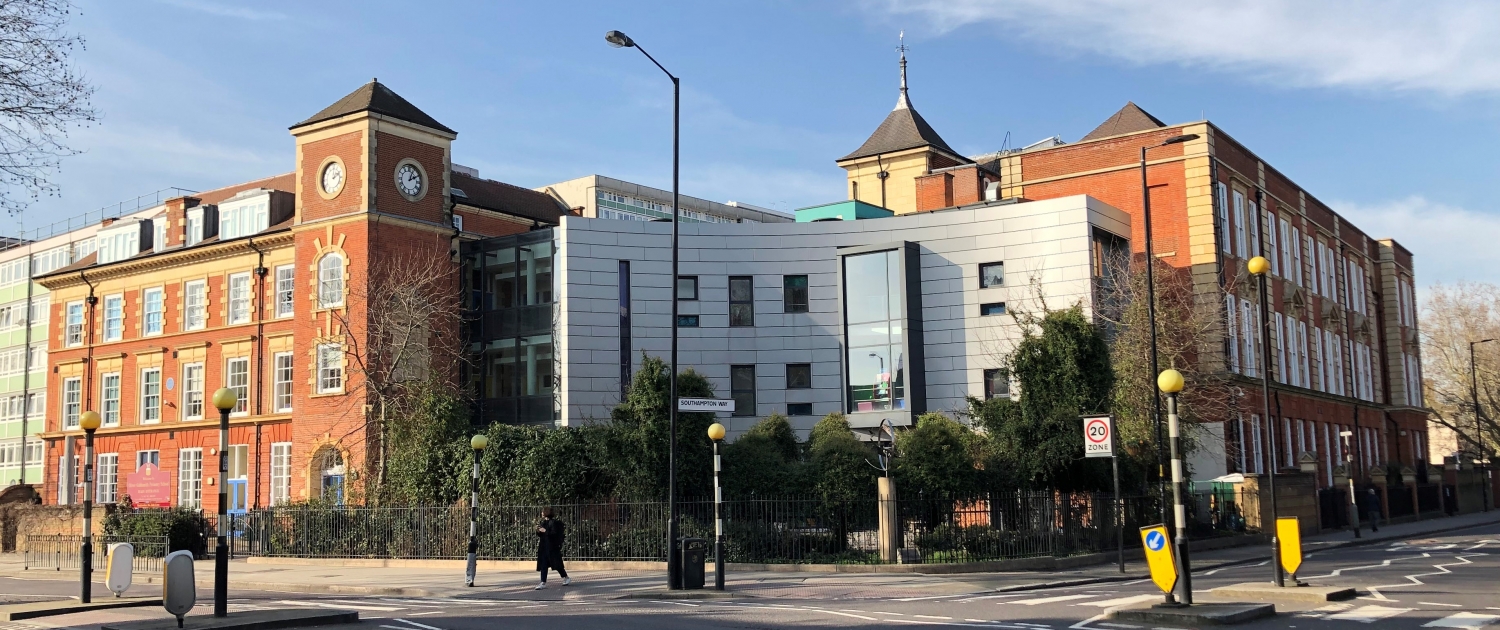Welcome back to spring term 2. We have some exciting events to look forward to this half term and the children are really excited about them. We are we are particularly excited in year 3 because we have started to learn to play the ukelele. All children in year 3 will have weekly lessons for ten weeks.
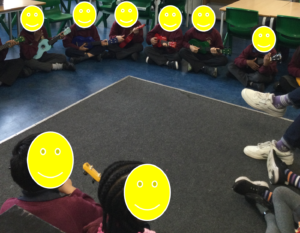
Topic
This half term we will be focusing on the Tudors as our history topic. So far, the children have learned about how the Tudor period began, through learning about the War of the Roses and the impact they have on our lives today. As part of this topic, we will be visiting the National Portrait Gallery to look at portraits of the Tudor Monarchs. Look out for the pictures next week.
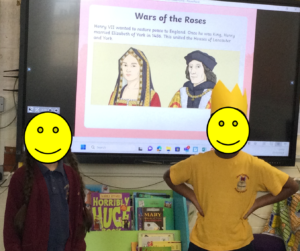
Writing
In writing, children will learn write letters using the Tudor period as a context and a recount of the British Navy’s battle with the Spanish Armada .
Maths
We will be learning about fractions and measurement. Much of the learning for the spring term closely links to your child’s knowledge and understanding of their multiplication and division facts, so it is important that you ensure that your child practices his or her times table at home.
P.E.
P.E. will now take place every Wednesday this half term. Please ensure that your child has their full P.E. kit on that day.
Science
For science this half term, we will be learning about the function of the human skeleton and muscles. They will also learn about the function of plants and the different ways they disperse their seeds. Maybe you could support your child by asking them how the acronym SPaM is used to help them remember the function of the skeleton.
Reading
Finally, I would like to remind you about reading. Children’s books are changed every Tuesday and Friday. Please could you ensure that your child reads every day and that their reading records are signed. Thank you to all of you who have chosen to do this regularly.










